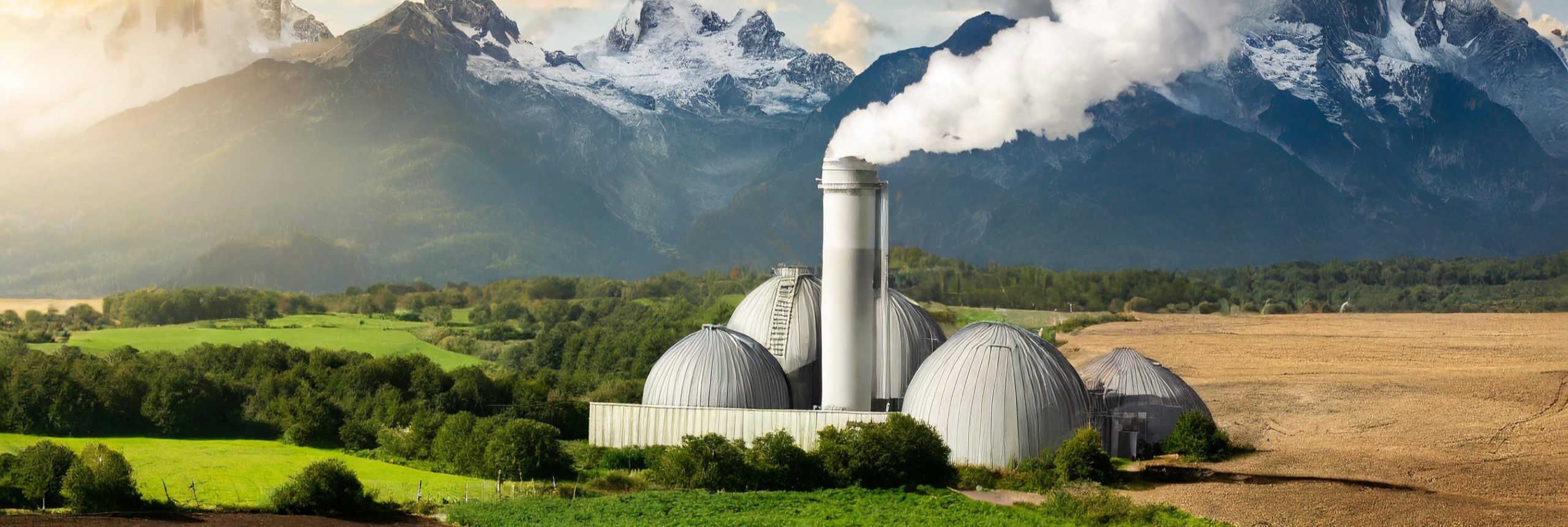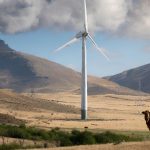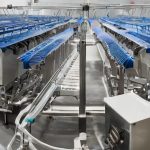Comprehensive Showcase of Global Reducing Non-CO2 Industrial & Agricultural Emissions Innovations & Startups
From CLIMAFIX, the leader in climate innovation intelligence
Reducing Non-CO2 Industrial & Agricultural Emissions Introduction:
Human activities globally emit about 35 billion tons of CO2 every year.
An additional 15 billion tons of CO2 equivalent emissions happen from sources outside of CO2 – mainly from methane & N2O, some from refrigerant gases, and gases such as SF6 used in applications such as sealants.
Methane emissions happen from cattle & livestock emissions, landfills, and leaks of methane from natural gas production and distribution infrastructure (natural gas flaring is another source of emissions, but the methane gets converted to CO2 in this process).
About three-quarters of all global N2O emissions mainly occur from agricultural fields where the nitrogen in the excess fertiliser that had not been absorbed by the crops gets converted into N2O.
R-22, the common refrigerant in use today, has a global warming potential that is about 2000 times that of CO2. Thus, even relatively small amounts of leaks of this refrigerant could mean significant enhancements to global warming. Similar is the case with SF6, which has a potential that is 22,000 times that of CO2 over a hundred years.
Given the diverse nature and sources of these emissions, it will be quite challenging to mitigate all of them quickly. Some of these sources – landfill emissions, for instance – could see significant successful abatement efforts during the 2020-2030 period, while others – for instance, controlling N2O emissions from agriculture – could prove far more challenging.For the 2020-2030 period, innovations for this domain will be around leakage detection systems, alternative refrigerants, landfill gas management, and solutions for farmers to decrease N2O emissions through alternative fertilisers or better fertiliser application systems.
The Reducing Non-CO2 Industrial & Agricultural Emissions Innovations & Startups Report provides insights on the following:
- Current & Emerging Technologies
- Innovation & Startups Analysis
- Urgency of this Decarbonization Avenue
- Unique Solutions Derived from Startups
- Commercialization Potential
- Scalability
- Highlights of Prominent Innovations & Startups
- List of 10 High-Impact Startups
For each startup, the following inputs are provided:
- Product
- Key benefits
- Technology & process
- Videos
- Links to founder profiles
- Links to prominent news & analyses about the startup
The Reducing Non-CO2 Industrial & Agricultural Emissions Innovations Report is part of CLIMAFIX 500, a comprehensive global climate innovation and startup report.



